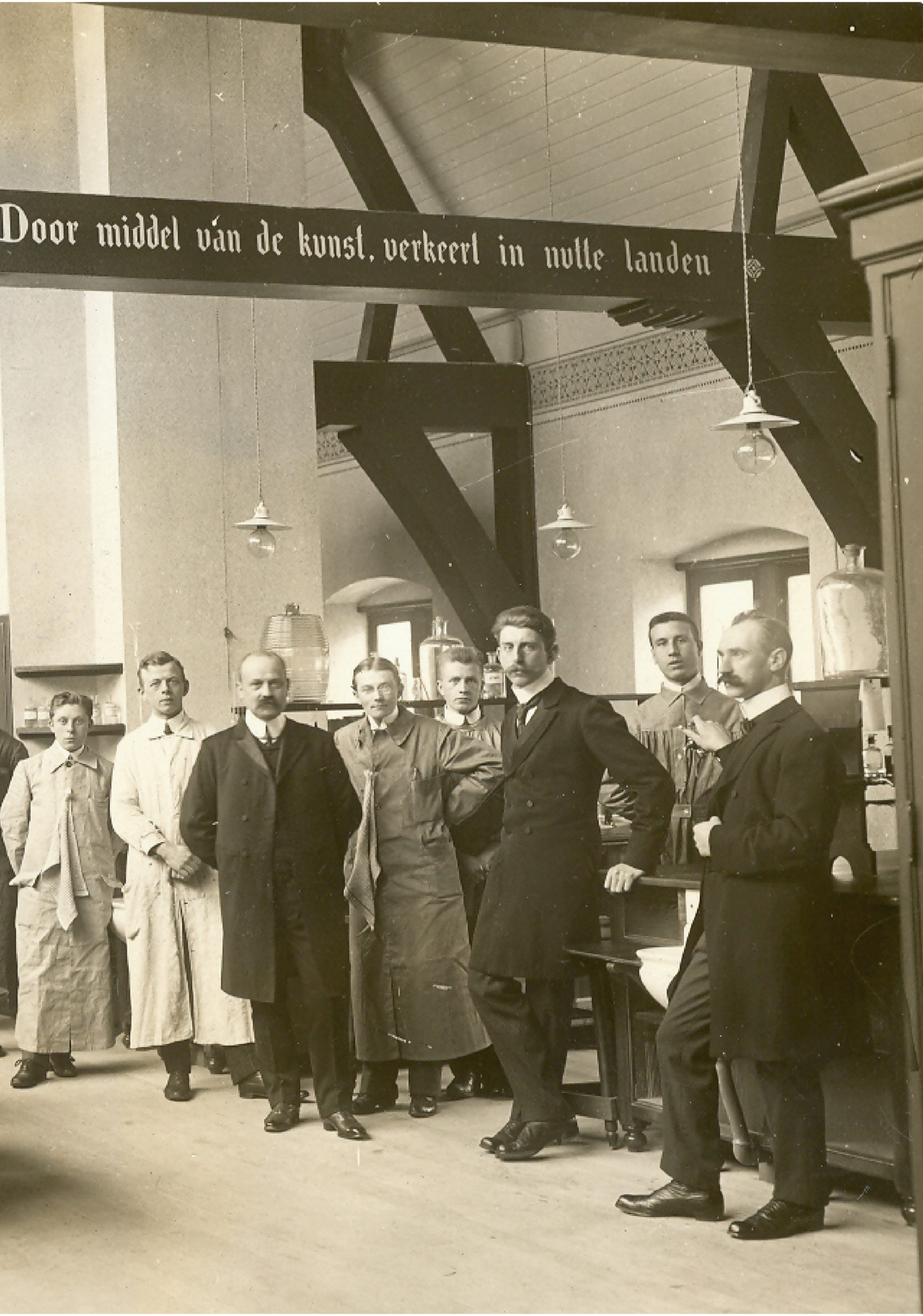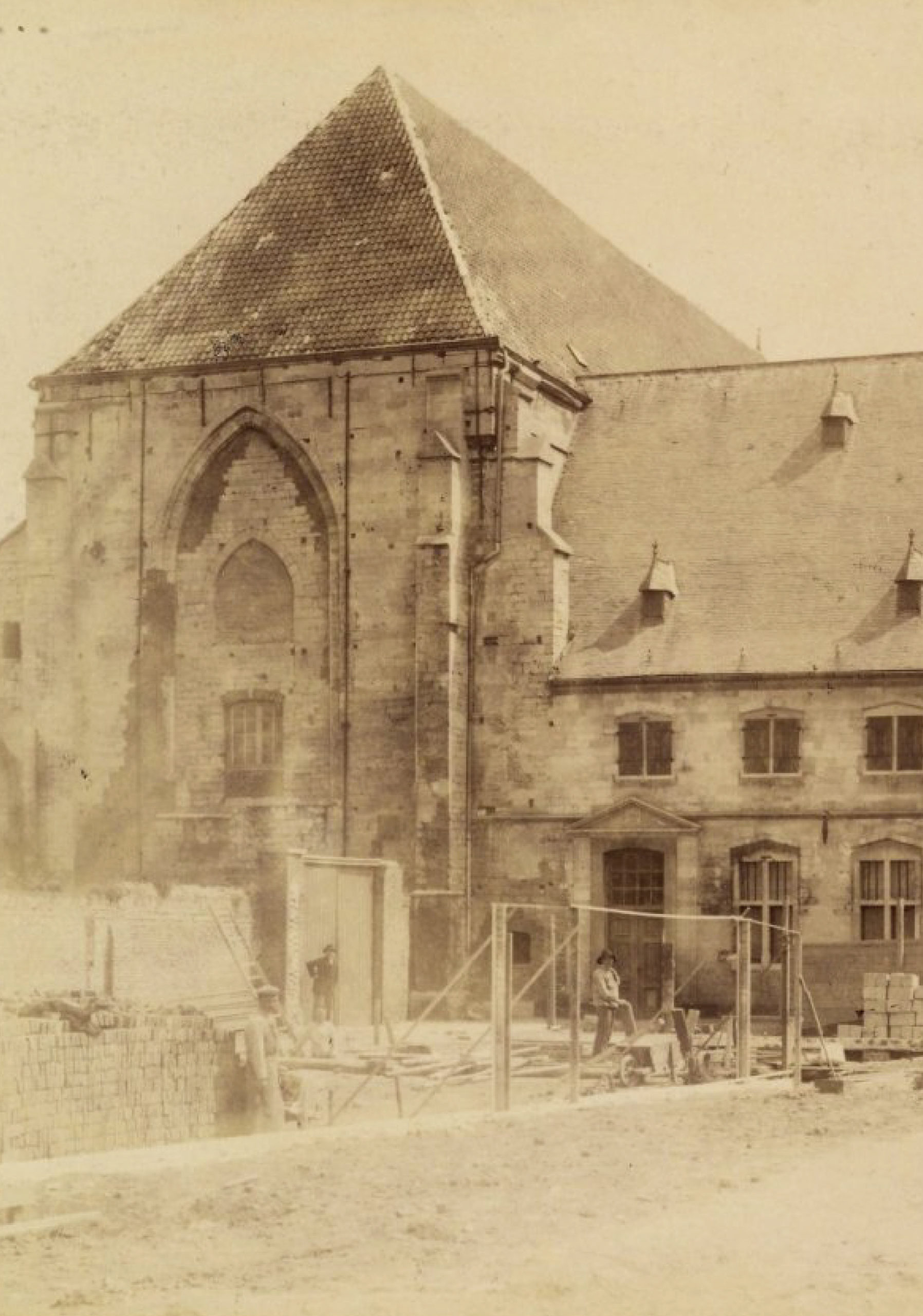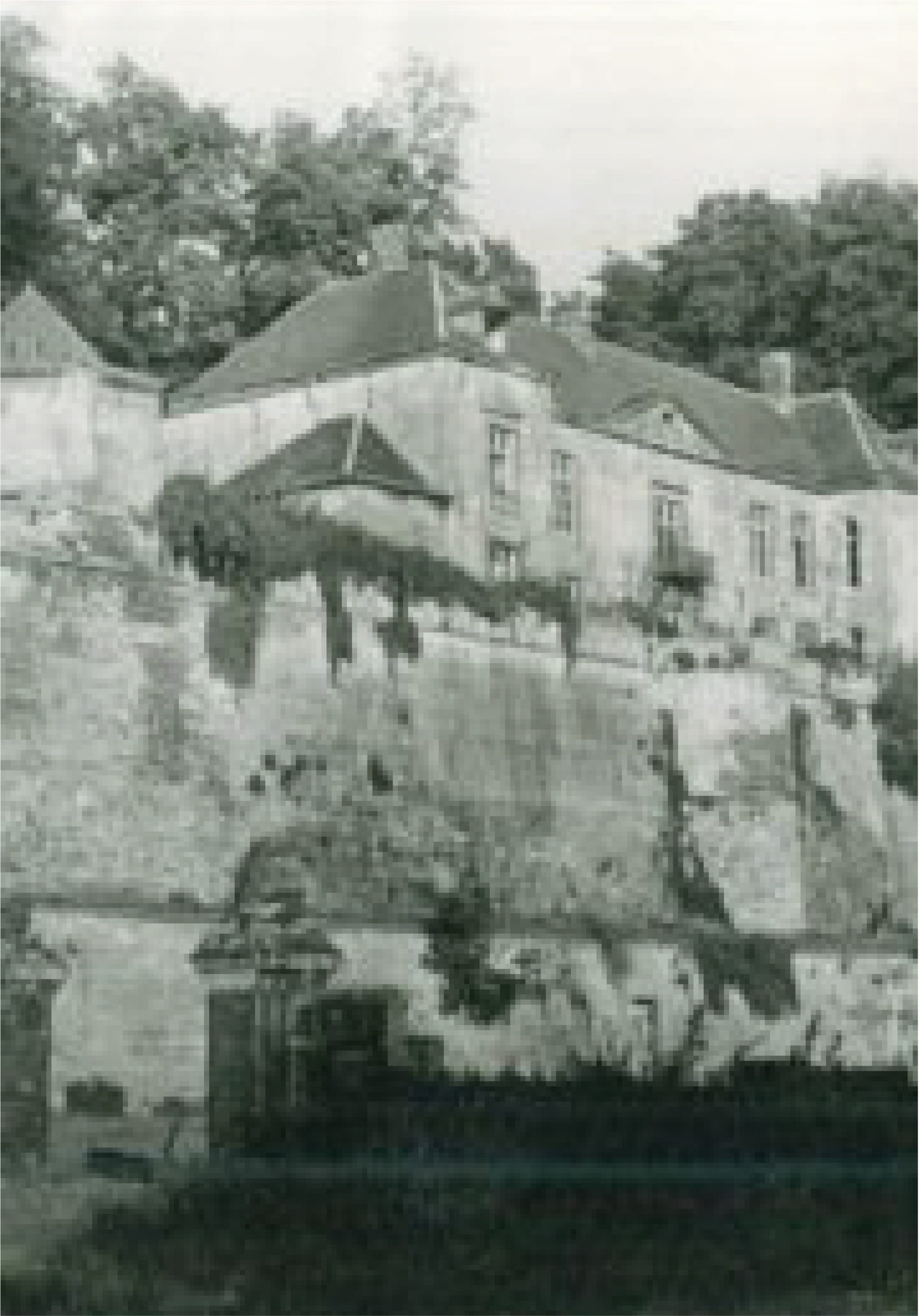Kruisheren History
6211 NW Maastricht, The Netherlands
Built 1440-1520
Constructed by the Order of the Holy Cross
Overview
Construction began on the Kruisheren cloister in 1440, after an important Maastricht-based patron, Edidius van Elderen, donated the land to the Order of the Holy Cross. Although the church’s extravagant chancel was finished by 1459, the entire complex was built over several decades, with the current buildings standing today, completed around 1520. The Order of the Holy Cross (also known as the Crutched Friars) was highly respected within Maastricht. Originally they wrote, copied and bound books, however, later united other local, monastic communities to care for the poor and sick. The Friars resided at the Kruisheren until 1797 when they were forced out in order to turn the buildings into a military barracks and arms storage during the French Revolution.
It wasn’t until the end of the 19th century that an initial restoration project was commenced under the orders of Dutch cultural aficionado, Victor de Stuers, together with the architect Cuypers. Over the 20th century the buildings took on various guises, such as housing a National Agricultural Research Station and acting as temporary parish church during the restoration of the Basilica of St Servaas.

Construction History
The first stone of the monastery church was laid in 1440. Petrus Toom and Johannes van Haeren were mentioned as architects (or master builders). In 1459 the choir was finished but it was not consecrated until 1470. In 1462 and again in 1480 the clock tower (or perhaps a ridge turret) was destroyed in a storm. It was replaced by a smaller ridge turret. After a prolonged break, construction continued in 1501 under prior Walterus Beckers of Herentals. The nave and aisles were finished in 1509.
The first section of the new monastery, the east wing, was built in 1480-81. This part housed the sacristy, the chapter hall and a temporary refectory. In 1495 construction of the west wing commenced. The ground floor with the new, permanent refectory was finished in 1500; the upper floor with cells for the friars around 1520. The old refectory became the library, as well as the prior’s quarters and a guesthouse. The south wing was finished last by prior Mathias Mijnecom (1517-27) after the old brewery and bakery had been destroyed by fire. Around 1520 the church and monastery had the extent and the appearance that it would keep for the next 500 years.

Crosier Monastery
The Canons Regular of the Order of the Holy Cross was founded around 1210 in the city of Huy, some 30 km south-west of Liège in present-day Belgium. The initiator was Theodore of Celles, a canon of Liège Cathedral and a former crusader. The order was recognized by the pope in 1248. Initially, the order mainly spread in France and England. Later, Crosier monasteries were founded in the Mosan region and elsewhere in the Low Countries, as in Namur (ca. 1248), Liège (before 1270), Asperen (1314), Cuijk-Sint Agatha (1367), Aachen (1372), Venlo (1399) and Roermond (1422).
Around 1400 the Crosiers experienced a period of monastic decline. In 1410 the superior general of the order, Libertus van Bommel, made it compulsory for all priors to annually attend the general chapter of the order in Huy. Thereafter, the priors of monasteries north of Maastricht would stay overnight in Maastricht on their way to Huy. In 1433 this proved to be problematic when all accommodation was booked because of the heiligdomsvaart, a seven-yearly pilgrimage. A wealthy citizen, Gilles of Elderen, offered the Crosiers a place to stay in some houses that he owned at Kommel. In 1436 Gilles donated five houses with gardens at Kommel, as well as some money, to the superior general of the Crosiers, stipulating that this was to be used for founding a new monastery in Maastricht.

